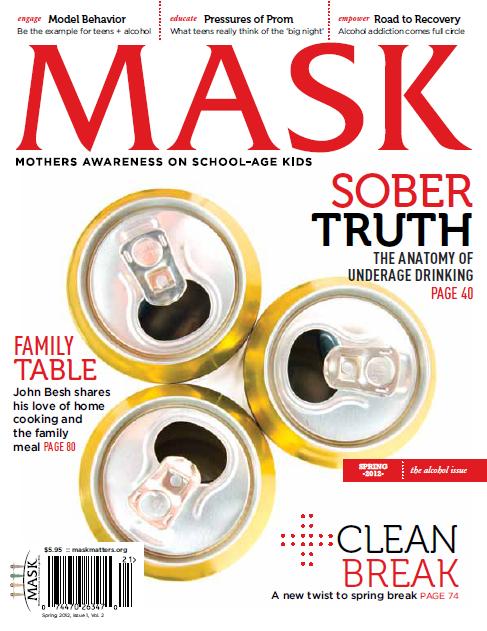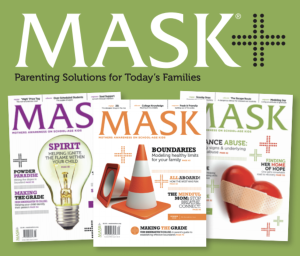
Be an EQ Role Model
September 22, 2021
Stress and the College
September 24, 2021“I only get drunk on weekends, so what’s the big deal? It’s not like I’m addicted.”
Although addiction can strike anyone, some kids are at higher risk even before they take their first sip. A family history of alcoholism and certain environmental factors such as divorce, physical or substance abuse at home, and social and academic problems, can significantly increase a child’s risk of addiction. While parents can’t change their genetic makeup and many of the environmental factors, they can help delay their child’s first exposure to harmful substances.
If kids use any addictive substance—alcohol, drugs or tobacco—before the age of 18, they increase their risk of addiction to 1 in 4, according to a recent study from the National Center on Addiction and Substance Abuse (CASA) at Columbia University.
When they delay their first use to the age of 21 or older, their risk of addiction drops significantly to 1 in 25. Today, 46 percent of U.S. high school students are using addictive substances and 1 in 3 meet the medical guidelines for addiction.
As people move into the addiction cycle, they continue to drink despite the harmful consequences, and they develop increased tolerance, so they start to drink greater amounts of alcohol.
“If a kid is drinking to the point of passing out and drinking a half a case of beer three or four times a month, that’s pretty significant,” says Rosenker.
While many people think they need to drink every day to be considered an alcoholic, he says the biggest factors are how much alcohol they consume and what happens when they drink.
“Do they lose control, do they black out, do they do things under the influence that they normally wouldn’t do if they were sober? Have there been behavior changes over time? Those things are more telling than how much somebody uses.”
To learn more about underage drinking add this issue to your MASK Library
MASK the Parenting Magazine a quarterly publication providing solutions for Today’s Families.
The parenting manual offering solutions to the modern-day challenges families face. From Pre-K
through College stay up to date on the modern day issues families face.
Are you up to date on the issues your child is facing?
MASK Mothers Awareness on School-age Kids offers parenting solutions for today’s families. MASK tackles important topics – from drugs and alcohol to bullying and Internet safety -and gives students, parents and the community the knowledge and tools to manage these potential challenges.
Subscribe today! https://www.tools4teaching.com/product/mask-the-magazine/
Download and share the MASKmatters app now! Made for children, parents, teachers and in Spanish.
Have solutions at your fingertips
Available free on apple and google play links below
Apple https://apps.apple.com/us/app/maskmatters/id1482305692
Google Play
https://play.google.com/store/apps/details?id=com.maskmatters.maskmattersapp&hl=en_US&gl=US





